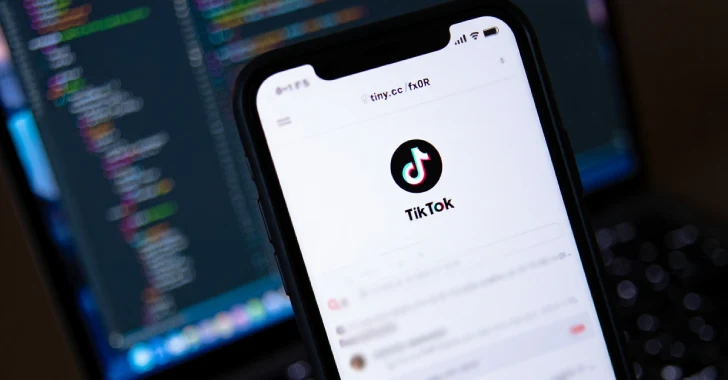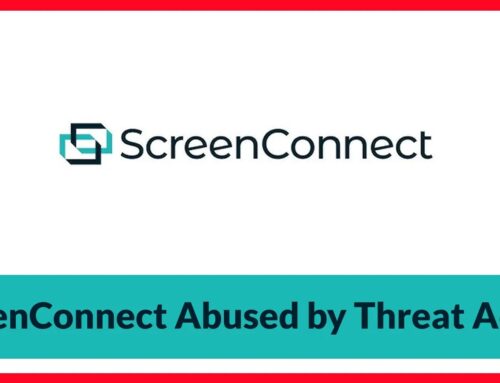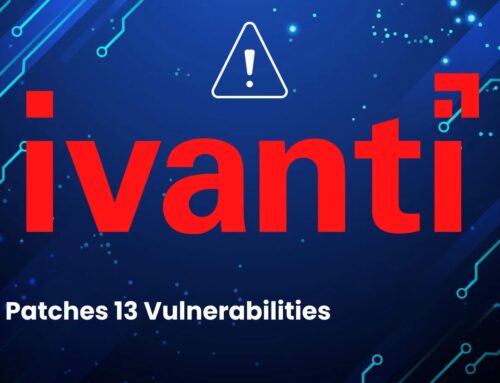
15,000 Fake TikTok Shop Domains Deliver Malware, Steal Crypto via AI-Driven Scam Campaign
The TikTok Shop Scam: 15,000 Fake Domains, Malware, and Crypto Theft
In a significant cybersecurity alert, a sophisticated and widespread malicious campaign has been uncovered, directly targeting users of TikTok Shop. This operation involves an alarming number of fake domains—over 15,000—designed to phish credentials and distribute malicious applications. The ultimate goal? To steal cryptocurrencies and sensitive user data through a dual-pronged attack that combines advanced social engineering with potent malware delivery.
This incident underscores a critical threat to digital commerce platforms and highlights the evolving tactics of cybercriminals who are leveraging popular social media and e-commerce environments to maximize their reach and impact. Users, businesses, and cybersecurity professionals alike must understand the mechanics of this attack to bolster their defenses against future iterations.
Anatomy of the AI-Driven Phishing and Malware Campaign
Cybersecurity researchers at CTM360 were instrumental in lifting the veil on this operation. Their findings reveal a meticulously orchestrated campaign utilizing a dual attack strategy: phishing and malware distribution. The core tactic revolves around a deceptive and highly convincing approach. Threat actors are exploiting the official in-app e-commerce platform through these dual attack vectors.
The campaign’s success hinges on its ability to mimic legitimate TikTok Shop interactions. Users receive unsolicited messages, often appearing as legitimate promotions or order updates, directing them to interact with what they believe are official TikTok Shop pages. These pages, however, are intricately crafted fakes hosted on the thousands of malicious domains.
Deceptive Tactics: Phishing and Credential Theft
The phishing component of this campaign is particularly insidious. Upon arriving at one of the 15,000 fake TikTok Shop domains, users are presented with seemingly authentic login pages or prompts to enter personal information, including TikTok account credentials, financial details, or even cryptocurrency wallet seed phrases. The sheer volume of fake domains aids in evasion, making it difficult for standard blacklisting mechanisms to keep pace.
These phishing attempts are designed to harvest credentials that can then be used to compromise legitimate TikTok accounts or financial platforms. The AI-driven aspect likely refers to the automation involved in generating these domains, crafting convincing phishing lures, and potentially even tailoring attacks based on user profiles or regional data.
Malware Distribution and Cryptocurrency Exfiltration
Beyond credential harvesting, the campaign also focuses on distributing trojanized applications. Users might be prompted to download what appears to be an official TikTok Shop app update, a custom shopping application, or a tool to enhance their shopping experience. In reality, these are malicious applications embedded with Trojans.
Once installed, these trojanized apps can perform a variety of malicious activities, including:
- Keylogging: Recording keystrokes to capture passwords and other sensitive information.
- Credential Theft: Stealing saved credentials from browsers and other applications.
- Sideloading Harmful Software: Downloading and installing additional malware without user consent.
- Cryptocurrency Wallet Compromise: Specifically targeting cryptocurrency wallets installed on the device, with the capability to exfiltrate funds or seed phrases.
The focus on cryptocurrency exfiltration highlights a lucrative avenue for cybercriminals, given the increasing popularity and value of digital assets.
Remediation Actions and Proactive Defense
Protecting against a sophisticated campaign like this requires a multi-layered approach. Both individual users and organizations managing digital assets must take proactive steps.
For Individual Users:
- Verify URLs: Always double-check the URL of any TikTok Shop or related page before entering credentials or sensitive information. Look for “https://” and ensure the domain name is legitimate (e.g., tiktok.com, shop.tiktok.com).
- Avoid Unsolicited Links: Be highly suspicious of links received via email, SMS, or direct messages, even if they appear to be from TikTok. Navigate directly to the official TikTok Shop app or website.
- Download Apps from Official Stores: Only download TikTok or TikTok Shop applications from official app stores (Google Play Store, Apple App Store). Never install apps from third-party links or websites.
- Enable Multi-Factor Authentication (MFA): Activate MFA on your TikTok account and any associated financial accounts. This provides a critical additional layer of security.
- Monitor Financial and Crypto Accounts: Regularly review transaction histories for any suspicious activity.
- Use Reputable Antivirus/Anti-malware Software: Keep your device’s security software updated and perform regular scans.
For Organizations and Security Professionals:
- Implement Robust Email and Web Filtering: Deploy advanced solutions to detect and block phishing emails and access to known malicious domains.
- Domain Monitoring: Proactively monitor for typographical errors (typosquatting) and brand impersonation domains that mimic your brand or related platforms.
- Security Awareness Training: Continuously educate employees and users about the latest phishing techniques, social engineering tactics, and the importance of URL verification.
- Endpoint Detection and Response (EDR): Utilize EDR solutions to detect and respond to suspicious activity on endpoints, including the installation of unauthorized applications.
- Threat Intelligence Feeds: Subscribe to and integrate threat intelligence feeds that provide information on newly emerging phishing campaigns and malicious infrastructure.
- Incident Response Plan: Have a well-defined incident response plan to quickly address successful breaches, mitigate damage, and recover compromised assets.
Relevant Tools for Detection and Mitigation
| Tool Name | Purpose | Link |
|---|---|---|
| PhishTank | Community-based phishing URL verification | https://www.phishtank.com/ |
| VirusTotal | Analyze suspicious files and URLs for malware | https://www.virustotal.com/gui/home/upload |
| DNS_Scout | DNS monitoring for suspicious domains (requires setup) | https://github.com/chrislee-crypto/DNS_Scout |
| Open-Source Intelligence (OSINT) Tools | Domain investigation, passive DNS checks (e.g., Shodan, Censys) | Various (e.g., https://www.shodan.io/) |
| Email Security Gateways (e.g., Proofpoint, Mimecast) | Advanced email threat protection | (Vendor-specific) |
Conclusion
The revelation of 15,000 fake TikTok Shop domains delivering malware and stealing cryptocurrency highlights the persistent and evolving threat landscape facing digital platforms. Cybercriminals are increasingly adept at exploiting popular services and user trust through sophisticated phishing and malware distribution techniques, often augmented by automation and AI. Remaining vigilant, verifying all digital interactions, and implementing robust security measures are paramount. Both individual users and organizations must stay informed about these threats and adopt proactive defense strategies to safeguard their credentials, financial assets, and personal information in the interconnected digital world.





